What Math Can Teach Us About Everyday Decision-Making

Every student has, at some point, stared at a math problem and asked, “When will I ever use this in real life?” The irony is that the world quietly runs on math — not just in physics labs or accounting offices, but in kitchens, shopping aisles, sports arenas, and even our daily decision-making. The better we get at spotting math in the wild, the smarter (and calmer) we become when life asks for quick reasoning instead of memorised formulas.
You see it everywhere — from how we plan budgets and compare phone plans to how we evaluate risk in the digital world. Even in areas that seem far from textbooks, such as popular gambling platforms in Canada, the same mental skills apply: probability, pattern recognition, and managing odds. Understanding the math behind chance doesn’t mean endorsing it; it means realising how numbers quietly shape every decision we make.
Why math is a life skill, not just a subject
It’s tempting to think of math as something sealed inside school walls. But the truth is, it’s our most practical toolkit for making sense of uncertainty.
When we decide whether to take an umbrella, negotiate a raise, or refinance a mortgage, we’re running quick mental equations: What’s the likelihood of rain? How much am I worth to my company? What will I save in interest?
Mathematics isn’t about solving problems on paper — it’s about thinking clearly when life gets messy.
Consider these daily examples:
- Comparing grocery prices. Which is the better deal — two 250-gram packs for or one 500-gram pack for ?
- Understanding nutrition. That 12-ounce soda has 39 grams of sugar. How many teaspoons is that, and what’s the daily limit?
- Estimating travel time. If traffic cuts your speed by 30%, will you still make it before the movie starts?
When students see math this way — as a language of logic and fairness — anxiety fades and curiosity grows.
Why many students miss the point
The problem isn’t that students can’t do math. It’s that too often, math feels like a puzzle without context. Memorising the quadratic formula means little if you can’t see how it helps you reason under pressure.
Take percentages, for example. In school, it’s a topic covered in a week or two. In life, it’s constant — from sales tax to tip calculations to understanding investment growth. Yet, because students learn it abstractly, they struggle to apply it intuitively. For additional educational resources, .
What bridges that gap is relevance. When lessons connect to real choices — comparing data plans, cooking for a group, budgeting for travel — math becomes a form of empowerment. For additional educational resources, .
Turning numbers into thinking tools
To make math stick, it helps to treat it less like a performance and more like a workout. Every time you reason with numbers, you strengthen critical thinking muscles. For additional educational resources, .
Here’s a quick table that breaks down how familiar math concepts translate into real-world habits:
| Math Concept | Real-World Skill | Everyday Application |
| Fractions & Ratios | Comparison & Fairness | Splitting bills, measuring recipes |
| Probability | Risk Assessment | Insurance, weather, investments |
| Algebra | Pattern Recognition | Planning expenses, fitness goals |
| Geometry | Spatial Reasoning | Home design, navigation |
| Statistics | Critical Reading | Interpreting polls, spotting bias |
Once you see math as a decision-making tool, it stops being about grades. It becomes about clarity — the ability to look at a situation, cut through noise, and make sound judgments.
Teaching for the real world
Modern classrooms are starting to catch up. The best teachers know that connecting math to reality doesn’t mean simplifying it — it means translating it.
For example, instead of handing out worksheets on percentages, they might give students mock bank accounts and ask them to simulate monthly expenses. A geometry unit could involve designing a small room, complete with scaled blueprints. Statistics can become a study of social media trends — how algorithms shape what we see, and why certain numbers can mislead.
In doing this, students begin to understand that math is not a gatekeeper; it’s a guide.
What makes practical math teaching work:
- It connects problems to genuine curiosity (“How do airlines set ticket prices?”).
- It gives permission to explore, not just memorise.
- It uses technology — spreadsheets, coding, simulations — as tools, not shortcuts.
The result? Students who don’t just learn math but own it.
The psychology behind confidence in numbers
Here’s the thing: math anxiety isn’t really about numbers. It’s about fear of being wrong. The good news is that confidence builds through pattern recognition and feedback — the same way athletes improve with repetition.
A small daily habit like estimating grocery totals before checkout or mentally calculating sale prices can retrain your brain to see math as friendly. Start with success, no matter how minor. Confidence compounds, just like interest.
For teachers and parents, the goal isn’t perfection. It’s building what psychologists call a growth mindset — the belief that skill improves with effort. Math isn’t an IQ test; it’s a discipline of patience.
Where the digital world fits in
We live in an age of information overload. Numbers surround us — from fitness trackers to election forecasts. That means numeracy, the ability to interpret and evaluate data, is more valuable than ever.
Students who can spot statistical manipulation or understand how algorithms predict behaviour will be far better equipped to navigate the modern world. Whether they go into business, engineering, art, or public service, data literacy is now as fundamental as reading.
Even understanding interest rates, digital privacy settings, or the cost of streaming subscriptions comes down to one core skill: quantifying trade-offs. Math sharpens that instinct.
The case for teaching probability early
If there’s one area that deserves more attention in classrooms, it’s probability. Understanding how chance works protects us from everyday biases — thinking we’re “due” for luck, or overestimating rare risks.
Consider how many adults misinterpret odds: we buy lottery tickets believing lightning might strike, yet panic over one-in-a-million health scares. A grounding in probability would make public conversations — from health policy to finance — far more rational.
When students learn to calculate risk, they also learn restraint. They start to see through marketing hype, political exaggeration, and emotional bias. That’s not just numeracy — that’s citizenship.
Math as a compass
In a world that often rewards quick opinions over quiet reasoning, math remains a steady compass. It doesn’t tell you what to think, only how to think — to question assumptions, test evidence, and stay open to correction.
Effortless Math’s mission has always been about that clarity — helping students find confidence through understanding, not memorisation. Because once you can make sense of numbers, you can make sense of almost anything.
So the next time a student wonders, “When will I ever use this?” you can tell them: Every day. In every decision that matters.
Frequently Asked Questions
How do you add and subtract mixed fractions?
To add or subtract mixed fractions, you need to first convert them to improper fractions. To add, find a common denominator, add the fractions, then simplify if needed. To subtract, follow the same process but subtract instead of adding. You can find more detailed step-by-step instructions on adding and subtracting mixed fractions on EffortlessMath.com.
What is a quantitative formula?
A quantitative formula in math is a specific mathematical equation that uses numbers to represent relationships or solve problems. These formulas can be used to calculate things like area, volume, distance, or probability. Understanding and using quantitative formulas can help you make informed decisions in everyday situations, from budgeting to analyzing data. If you want to explore some common math formulas, you can check out the math formulas page on EffortlessMath.com.
How do I add two angles?
To add two angles, simply add their measures together. For example, if one angle measures 30 degrees and another angle measures 45 degrees, you would add 30 + 45 to get a total of 75 degrees. This basic math skill is useful not only in geometry but also in real-life situations where angles are involved, such as setting up furniture or planning a landscaping layout. Understanding how to add angles can help you make better decisions when dealing with spatial arrangements.
Related to This Article
More math articles
- How to Solve Multi-step Word Problems for Finding Starting and Ending Times
- DAT Quantitative Reasoning Formulas
- How to Find the Surface Area of Spheres?
- Geometry Puzzle – Challenge 65
- Praxis Core Math Practice Test Questions
- 10 Most Common SSAT Upper-Level Math Questions
- What Kind of Math Is Taught in 8th Grade?
- Top 10 6th Grade NYSE Math Practice Questions
- How to Solve Multi-step Word Problems of Money
- Trigonometric Ratios
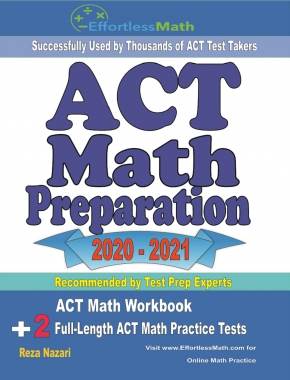
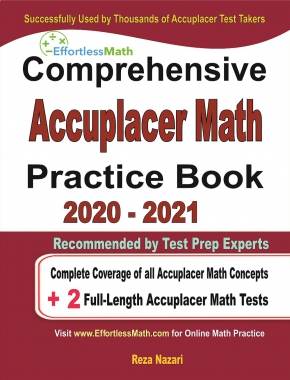
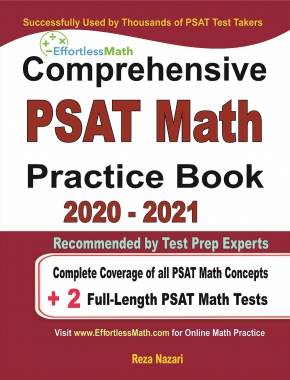
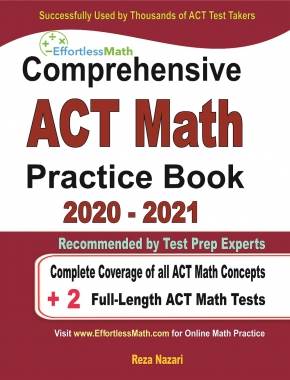
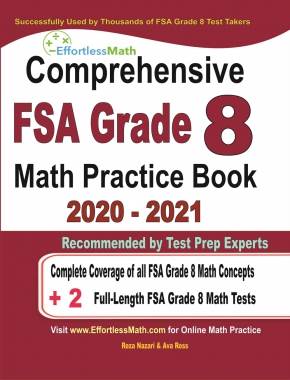
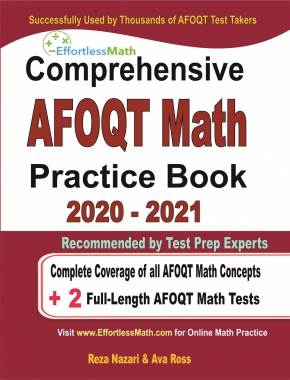
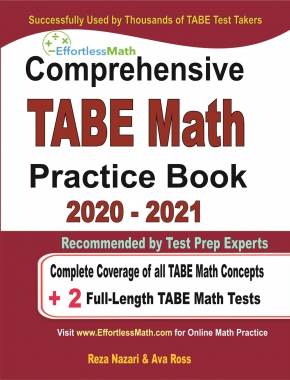
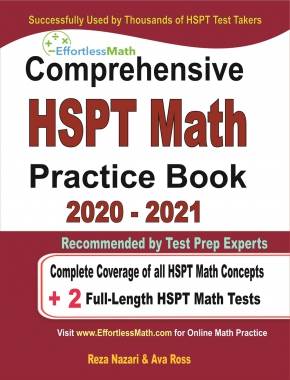
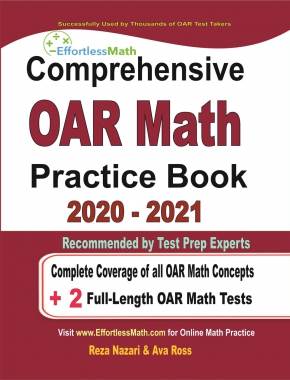
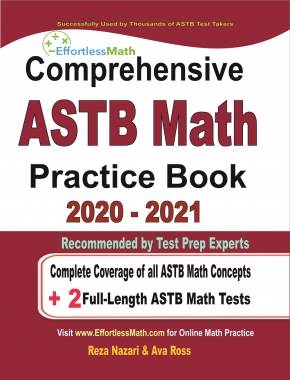
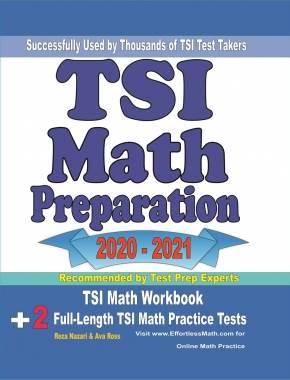
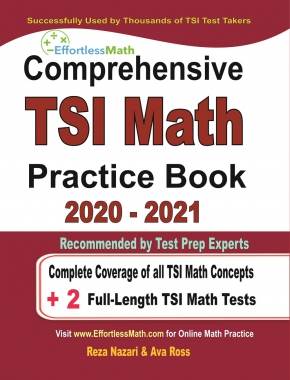
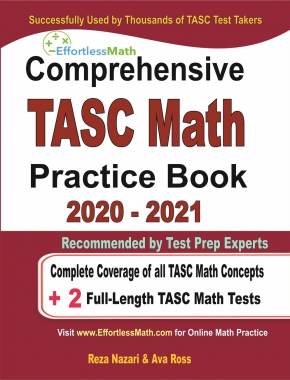
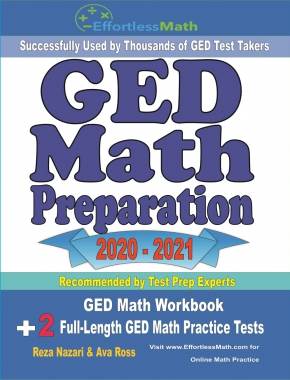
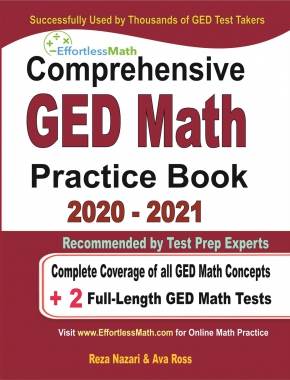















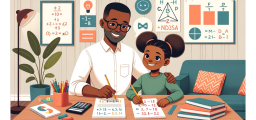





What people say about "What Math Can Teach Us About Everyday Decision-Making - Effortless Math: We Help Students Learn to LOVE Mathematics"?
No one replied yet.